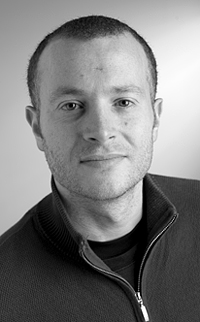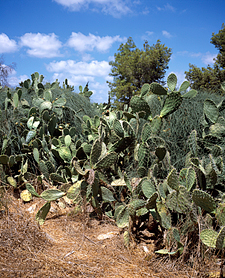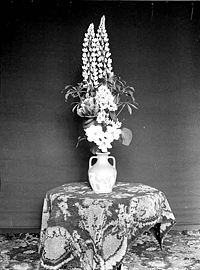'Future Backgrounds' photo exhibition
Fri, 07 Jun 2013 14:21:00 BST
Lecturer’s exhibition is displayed at the Huddersfield Art Galley until 6 July
 AFTER a six-year break from exhibiting his work, University of Huddersfield lecturer Dr Gil Pasternak has assembled a multi-layered new gallery show which explores some of the hidden histories and meanings of photography. And to do so he has enlisted the help of a Victorian soldier-cum-cameraman.
AFTER a six-year break from exhibiting his work, University of Huddersfield lecturer Dr Gil Pasternak has assembled a multi-layered new gallery show which explores some of the hidden histories and meanings of photography. And to do so he has enlisted the help of a Victorian soldier-cum-cameraman.
Dr Pasternak is Senior Lecturer in Photography and is the University’s course leader in the subject. Once a frequent exhibitor, his interest in the commercial aspects of photography declined as he became more absorbed in the history and theory of his art form.
One of the results of this is a new exhibition – his first since 2007 – entitled Future Backgrounds. It has been mounted at Huddersfield Art Gallery and is part of a sequence of exhibitions under the two-year programme named ROTOЯ, which features the transdisciplinary work of art and design staff at the University.
Future Backgrounds has various elements, including large photographic backdrops taken in Israel-Palestine featuring examples of the plants such as cacti that were imported into the region as part of a process of recreating its landscape for political reasons (pictured below). These symbolise the exotic backdrops that professional studio photographers would use to create realistic but imaginary settings for their sitters.
 There are also a large number of display cases containing point-and-shoot disposable cameras of the sort that encouraged the development of family photography, which Dr Pasternak sees as a development of the earlier tradition ofthnographic photography. But it created its own, new visual language, which the exhibition explores via a sequence of digital line drawings that recreate a range of the poses – such a leaning forwards or waving to the camera – that became common as a result of family photography but did not exist in earlier artistic and photographic traditions.
There are also a large number of display cases containing point-and-shoot disposable cameras of the sort that encouraged the development of family photography, which Dr Pasternak sees as a development of the earlier tradition ofthnographic photography. But it created its own, new visual language, which the exhibition explores via a sequence of digital line drawings that recreate a range of the poses – such a leaning forwards or waving to the camera – that became common as a result of family photography but did not exist in earlier artistic and photographic traditions.
Captain Brook
The entrance to the exhibition at Huddersfield Art Gallery in an installation – complete with pillars and exotic carpets – that recreates a later-nineteenth century photographic studio. A slide projector continually displays a sequence of 87 images selected from the work of Captain H.W. Brook.
 Dr Pasternak is continuing to research this man’s history, but he is known to have been a soldier in the British Army during the Victorian period. He was also an enthusiastic and highly methodical photographer. His subjects included plants, gardens, zoo animals, gardens and mansion houses. It is assumed that he lived in the Huddersfield area – the district features in many of his images – and the online Kirklees Image Archive has a large number of them.
Dr Pasternak is continuing to research this man’s history, but he is known to have been a soldier in the British Army during the Victorian period. He was also an enthusiastic and highly methodical photographer. His subjects included plants, gardens, zoo animals, gardens and mansion houses. It is assumed that he lived in the Huddersfield area – the district features in many of his images – and the online Kirklees Image Archive has a large number of them.
“I have chosen mainly his collection of plants, most of which are imported,” said Dr Pasternak. “He makes some aesthetically pleasing images, but he photographs as if he was a botanist, giving them a scientific or neutral background.”
This aspect of Captain Brook’s work and the fact that he was a soldier of the British Empire means that Dr Pasternak has entered into what he terms a “dialogue” with him as part of the exhibition’s exploration of photographic styles that emerged as a result of British and French Imperialism in the nineteenth century.
- Future Backgrounds is on display at Huddersfield Art Gallery until 6 July, 2013.







